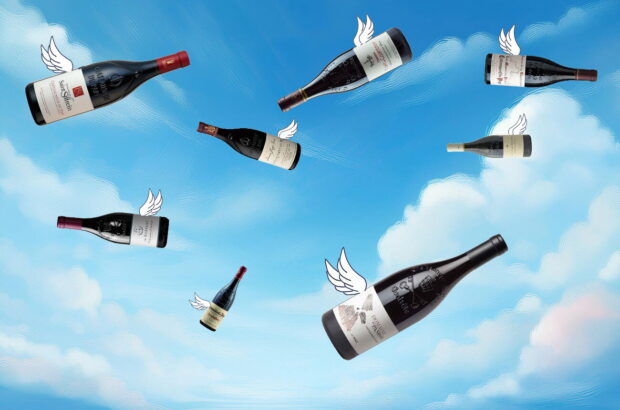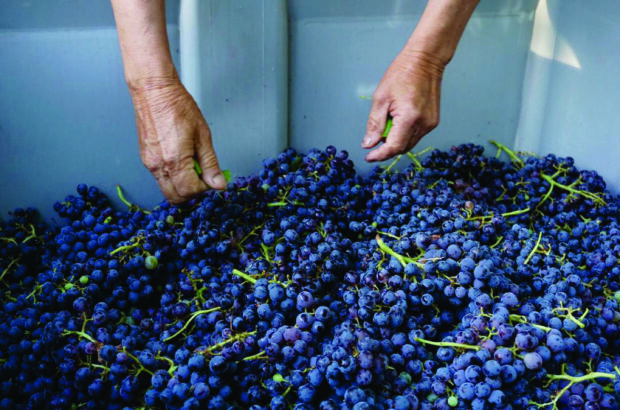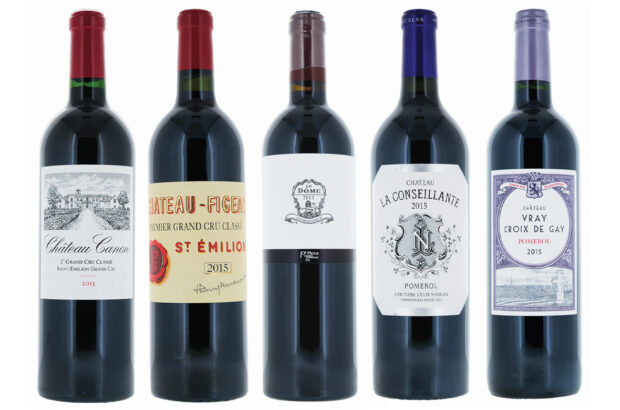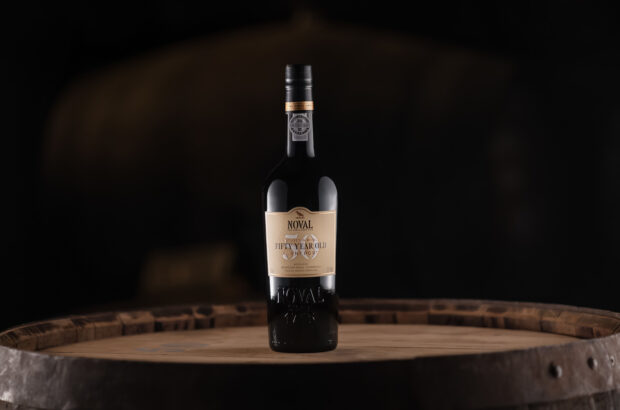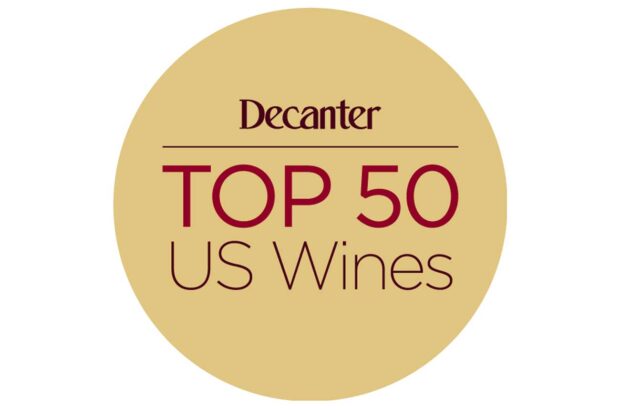It’s a moment of anticipation and apprehension: the careful pulling of the cork and the first sniff of a treasured bottle. The aroma of a long-awaited wine is one of life’s greatest pleasures and potential disappointments. Even if we know that a small percentage of bottles will be corked, we all hope to beat the odds and expect our wines to be free from taint. Now many winemakers have given up keeping their fingers crossed and taken more positive action. Alternative closures such as synthetic cork promise to provide a more reliable seal. Up to one in five bottles sold in the UK last year was sealed with a synthetic closure. Could it be that plastic is about to replace one of wine’s oldest traditions?
Plastic fantastic
Down with cork?
Dissatisfaction with cork is almost entirely due to contamination, leading to the foul, wet cardboard smell commonly known as cork taint. The offending chemical which spoils the wine is 2,4,6 trichloroanisole (or TCA for short), detectable in quantities as low as four parts per billion. TCA can infect wine via a number of sources including barrels, stacking pallets and winery cleaning products. But as cork is a known source of the problem, the cork industry has been directing its efforts at attempts to eradicate it. More stringent manufacturing controls have led to improvements in quality, but some still feel that any level of taint is unacceptable.
Synthetic cork
In only five years, synthetic corks have taken an estimated five to seven percent of the closure market. SupremeCorq, the market leader, claims to produce ‘possibly the world’s most perfect seal’. Some of the company’s own tests show their ‘corqs’ to be up to seven times less permeable to oxygen than traditional corks, thus ensuring freshness. Research and Development Manager Grant Good says: ‘In tests, we see a lot of variation with bark (traditional) cork.’
With the finest cork, there’s very little oxygen permeability, but the best is very expensive and the quality varies enormously. Much of the appeal of synthetic cork lies in its consistency of performance at a reasonable price. The inert nature of the plastic also means that the wine has virtually no risk of TCA contamination.
The debate
But not everyone is convinced. ‘It’s a very complex issue, to say the least,’ comments Paul Draper of Ridge Vineyards in Santa Cruz. He points out that choice of closure depends upon the kind of wine you are trying to make. ‘If a virtually impermeable closure is used, a wine will age differently compared to one sealed with natural cork. From our own experiments, it appears that simple white wines may stay fresher longer, but reds remain raw and youthful in the near-term. We want to see our reds develop in bottle, so we prefer natural cork.’ He admits it’s not an easy choice, given the potential for corked bottles, but he opts for high quality suppliers and rigorous in-house tests to minimise the failure rate of his corks. Consumer surveys repeatedly show that, given the choice, we all prefer natural cork. But can any of us really tell the difference? One manufacturer of synthetic corks, NuKorc, recently conducted a taste test to compare cork and their synthetic alternative. The wines (all from Australia) included a Verdelho and a Chardonnay (both 1999), a 1998 Pinot Noir, a 1997 Cabernet-Merlot and a 1996 Shiraz. The most striking difference was in the Verdelho, which showed a distinct improvement when bottled with a synthetic cork, tasting fresher, fruitier and less obviously alcoholic than the naturally corked wine. The other wines showed little variation in style, suggesting that synthetic closures compare favourably with cork, at least in the short term. The mere fact that such tests are conducted at all shows that cork is a hard act to follow. Quite apart from any emotive appeal, it has numerous natural advantages. Cork provides a tight and inert seal, yet is elastic enough to be easily extracted from and re-inserted into a bottle. It also has anti-slip properties which ensure that we are not frustrated by a spinning cork in our attempts to open the bottle. Crucially, it allows wine to improve and evolve over many years. For all the laboratory tests performed on alternatives, the fact is that nobody really knows how well they will perform in the long term because they haven’t been around long enough. So far, almost all of the wines sealed with plastic in this country are intended to be consumed young.
Cork is the most sustainable form of closure, study finds
One producer confident of a better alternative for long-term ageing is Yalumba. The company has recently released limited quantities of its 1996 Pewsey Vale Eden Valley Riesling in screw cap (or ‘stelvin’) bottles. While these may have associations with wines best described as less than serious, the Australians are turning this preconception on its head. Stelvin can provide a near- perfect oxygen barrier and winemaker Louisa Rose claims: ‘the ageing potential of these wines will be maximised.’ Anyone interested in testing this for themselves will be able to do so, as the wine is still available with natural cork to make the comparison. Yalumba is not alone: winemakers in neighbouring Clare Valley have come to the same conclusion. Fourteen top Riesling producers, including Grosset, Knappstein and Leasingham, have decided to bottle their wines with screw caps. Nor is this a fad confined to Australia. In the boldest move yet, PlumpJack Winery in the Napa Valley has bottled half of its Cabernet Sauvignon in stelvin bottles – and is selling it at a cool $135 a bottle. Those sealed with natural cork retail at a $10 discount.
When it comes to identifying the perfect seal to allow optimal, reliable evolution of fine wine, few people would claim to have the definitive answer. In 20 years’ time, we may think it laughable that it took so long for cork’s supremacy to be challenged. For now, we have to trust those who deny us tradition in return for the promise of consistency. Whether or not we can come to terms with opening our prized Cabernets as easily as a bottle of Ribena remains to be seen.



